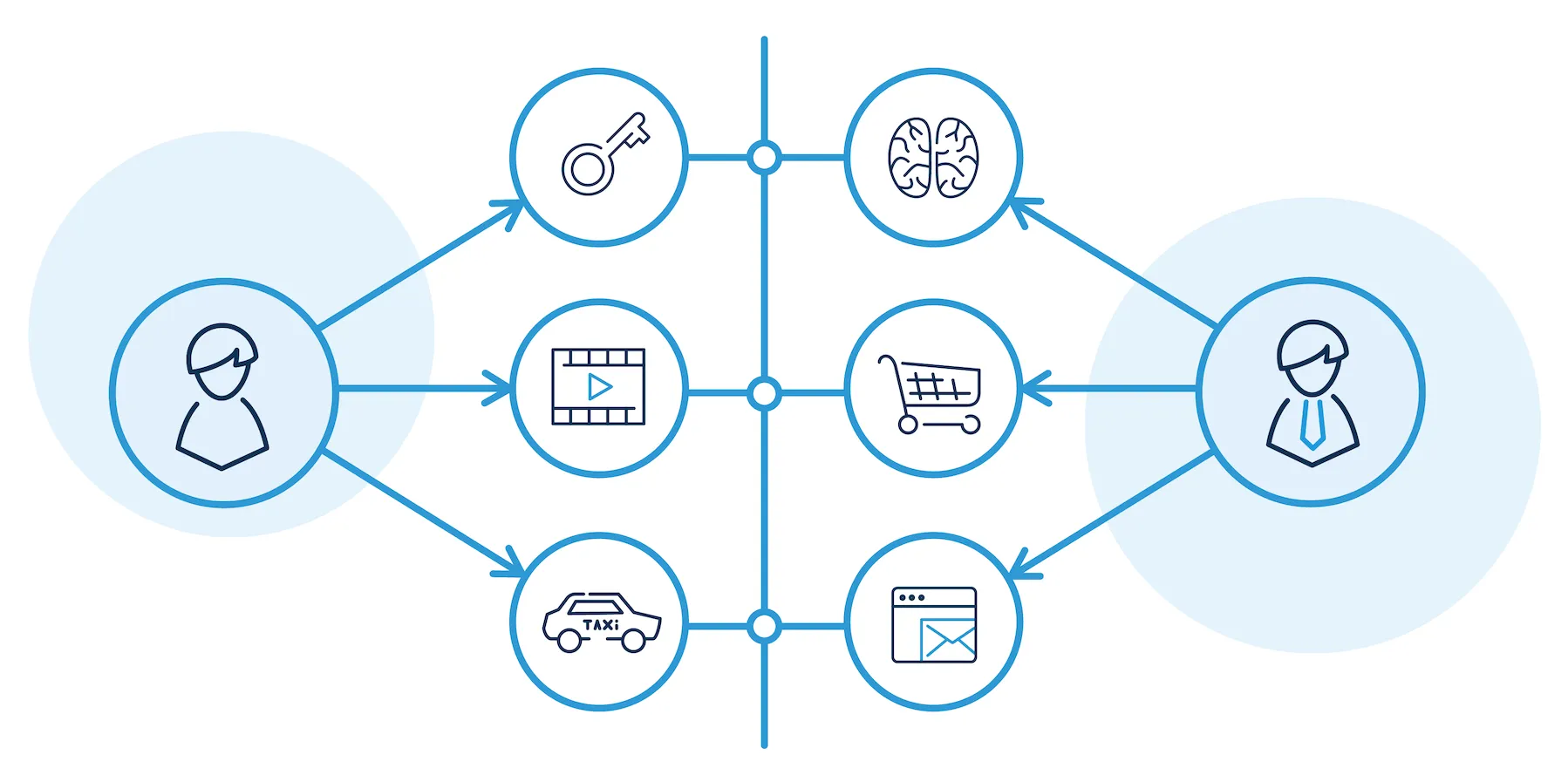Cloud computing was used by enterprises globally during the COVID-19 epidemic. In 2024, even more businesses are switching to this type of information storage. Databases and services were migrated from on-site to cloud environments. Businesses tried to save expenses and accommodate remote workers. Corporate agility has evolved into a primary focus as competition increases.
As per Google, 47% of workloads and 44% of data are being stored and operated by organizations on public clouds. Still, a lot of businesses haven't made the switch. Some move between cloud service providers in search of the ideal setup. Continue reading to learn key important information about cloud migration strategy.
A Cloud Migration Strategy: What Is It?
An organization's plan for moving its operations, data, and applications from on-premise infrastructure to a cloud computing environment is called a cloud migration strategy. This approach acts as a vital foundation that guides the intricate process of migrating digital assets to the cloud while causing the least amount of business interruption possible.
The primary objective of cloud migration services that implement the migration plan is to improve an organization's IT ecosystem's scalability, agility, and efficiency. It requires meticulous preparation, a clear grasp of the intended results, and a critical evaluation of the current IT infrastructure. In addition to being in line with company goals, the strategy has to include a thorough process for choosing the best cloud services and deployment methodologies.
Cloud Migration Strategies
Every company moving to the cloud has to have a plan in place for their cloud migration. A plan outlining the transfer of on-premises data and applications to cloud environments is called a cloud migration strategy. It lays out the procedures required to migrate successfully.
It's simple to overlook fundamental issues in the absence of a clear plan. Inadequate planning might lead to unnecessary labor in maintaining cloud system functionality and security flaws. Therefore, while modifying, it's a good idea to choose the appropriate strategic alternative. The primary migration tactics are as follows:
Approach 1: Rehosting
Another name for rehosting is lift-and-shift. With the help of this cloud migration plan, current assets and applications are transferred to infrastructure-as-a-service (IaaS) platforms. Applications don't always alter. Instead, the fundamental framework that underpins applications changes. Businesses may profit from the cloud while retaining their accustomed tools.
The lift and shift method guarantees great continuity between the old and new systems and is easy to utilize. It is inexpensive and takes little time to complete.
Approach 2: Re-platform or Restructure
Replatforming incorporates an additional layer of personalization. Apps and assets are moved to public cloud infrastructure using this cloud migration technique. Apps continue to feel and function the same. However, to guarantee cloud optimization, IT teams may modify the code of already existing applications. This approach is sometimes referred to as platform-as-service (PaaS). It modifies existing business infrastructure to make it cloud-ready.
A compromise between rehosting and rewriting programs is refactoring or re-platforming. It combines ease of use with versatility. It won't work well, however, for quick migrations of relatively easy jobs or completely tailored cloud migrations.
Approach 3: Modification or Reconstruction
Apps may need significant modifications to be compatible with cloud settings. Rebuilding or revising is the name given to this cloud migration technique. Apps are entirely redesigned by developers for the public cloud.
Extensive testing is necessary since significant code changes are required. Rebuilding has considerable overhead but may provide substantial rewards. Rebuilt applications often use less resources. Their interaction with cloud systems is more versatile. Additionally, they may need less long-term maintenance and modification, which might result in cheaper long-term expenses.
Approach 4: Substitution
Lastly, businesses have the option to swap out their current applications with cloud-native substitutes. Businesses that choose this cloud migration approach may avoid investing in coding expertise. Creating cloud-friendly versions of current technologies takes less effort. The necessary applications are offered by third-party suppliers using an off-the-shelf methodology.
In this situation, businesses need to locate suitable suppliers and solutions to duplicate current tools. They also need to safely move any important data to cloud servers owned by other parties. Replacement often has lower initial expenses.
Conclusion
For every firm, starting a cloud migration journey is a critical point. It's an investment in putting your company on the route to innovation and success and future-proofing your operations. A cloud migration strategy gives you the ability to make use of the vast potential of the cloud using deliberate preparation, cautious implementation, and continuous optimization. Recall that the cloud represents a new approach to doing business, not merely a place to go.




